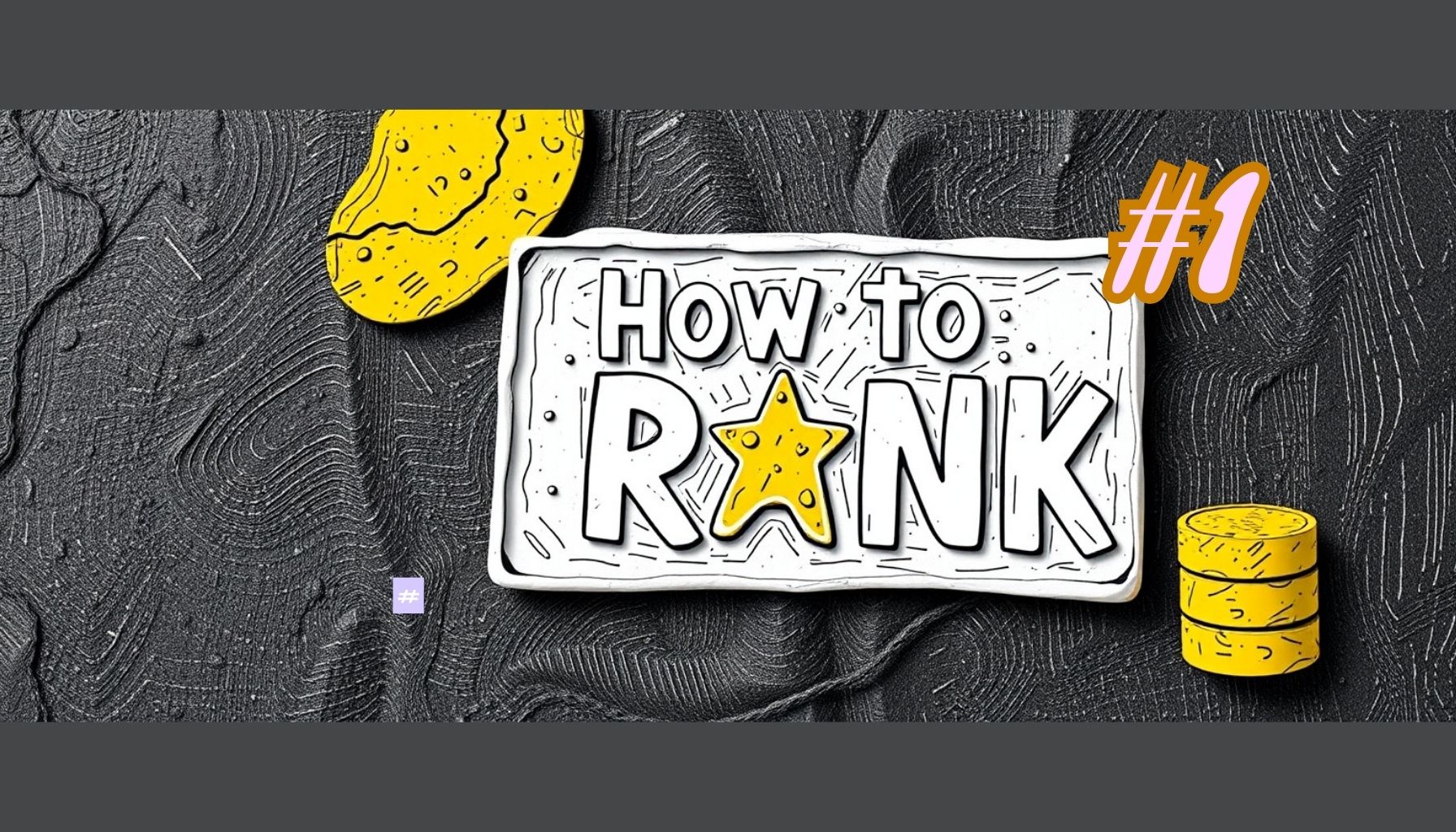Ever wondered how some websites consistently appear at the top of Google search results? It’s not magic; it’s a combination of strategies and techniques known as Search Engine Optimization (SEO). In this comprehensive guide, we’ll break down the essential steps to help you rank #1 on Google for your target keywords.
Understanding Search Engine Optimization (SEO)
SEO is the practice of optimizing your website to improve its visibility and ranking in search engine results pages (SERPs). When you rank higher, you’re more likely to attract organic traffic, which are visitors who find your website through search engines without clicking on ads.
Keyword Research: The Foundation of SEO
Keywords are the words or phrases that people search for on Google. Identifying the right keywords is crucial for your SEO success.
- Keyword Tools: Use tools like Google Keyword Planner, SEMrush, or Ahrefs to find relevant keywords.
- Keyword Difficulty: Consider the competition for each keyword. Aim for keywords with moderate difficulty to increase your chances of ranking.
- Long-Tail Keywords: These are more specific keywords that have less competition but can still attract targeted traffic.
On-Page SEO: Optimizing Your Website
On-page SEO refers to optimizing the content and structure of your website.
- Title Tags: Create compelling title tags that include your target keywords.
- Meta Descriptions: Write concise and informative meta descriptions that entice users to click.
- Headings (H1, H2, H3, etc.): Use headings to structure your content and include relevant keywords.
- Content Quality: Create high-quality, informative, and engaging content that addresses your audience’s needs.
- Image Optimization: Use descriptive file names and alt text for your images.
- Internal Linking: Link to relevant pages within your website to improve navigation and search engine crawling.
Technical SEO: Ensuring Your Website is Search Engine-Friendly
Technical SEO involves optimizing the technical aspects of your website.
- Mobile-Friendliness: Ensure your website is easily accessible on mobile devices.
- Website Speed: Optimize your website’s loading speed to improve user experience and search engine rankings.
- XML Sitemap: Create an XML sitemap to help search engines understand your website’s structure.
- URL Structure: Use clean and descriptive URLs that include relevant keywords.
Off-Page SEO: Building Backlinks
Backlinks are links from other websites pointing to yours. They signal to search engines that your website is valuable and relevant.
- Guest Posting: Write articles for other websites in your niche and include links to your own website.
- Directory Submissions: Submit your website to relevant online directories.
- Broken Link Building: Find broken links on other websites and offer to replace them with links to your content.
Local SEO (If Applicable)
If your business has a physical location, local SEO can help you attract customers in your area.
- Google My Business: Create a Google My Business listing and keep it updated.
- Local Citations: Ensure your business information is consistent across online directories.
- Local Keywords: Include your city or town name in your content and meta tags.
Content Marketing
Content marketing involves creating valuable content that attracts and engages your target audience.
- Content Calendar: Plan your content topics and publication schedule.
- Consistency: Publish content regularly to keep your audience engaged.
- Social Media Promotion: Share your content on social media to increase visibility.
Tracking and Analytics
Monitor your website’s performance using tools like Google Analytics. Track your organic traffic, keyword rankings, and user behavior to identify areas for improvement.
Conclusion
Ranking #1 on Google requires consistent effort and a combination of on-page, technical, and off-page SEO strategies. By following these guidelines and staying updated with the latest SEO trends, you can improve your website’s visibility and attract more organic traffic.
Remember, SEO is an ongoing process. It may take time to see results, but with patience and persistence, you can achieve your goal of ranking #1 on Google for your target keywords.





